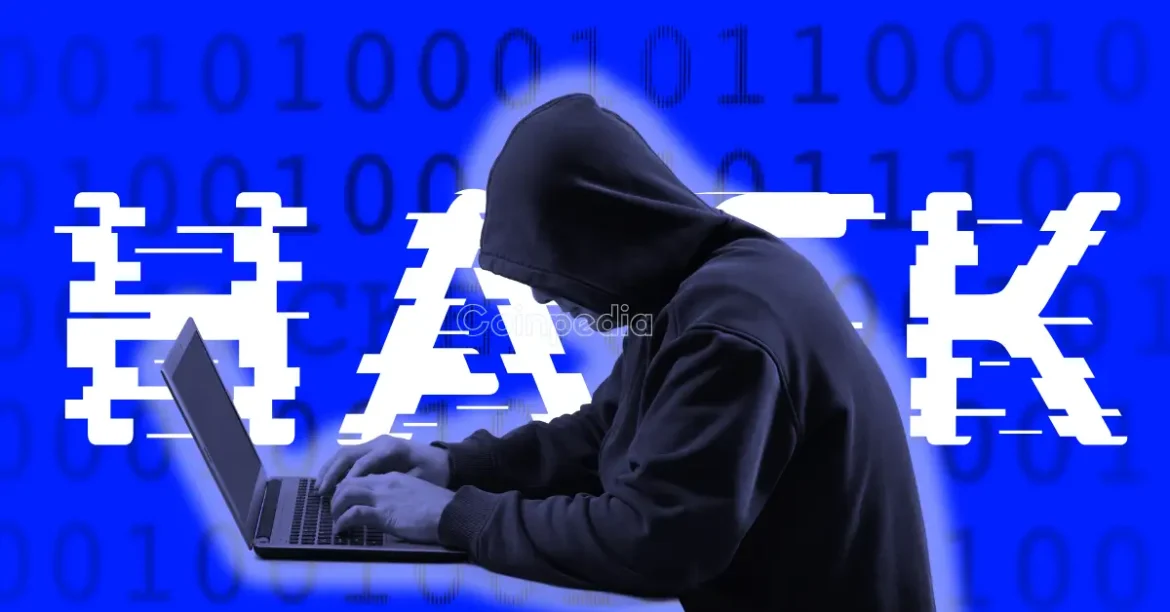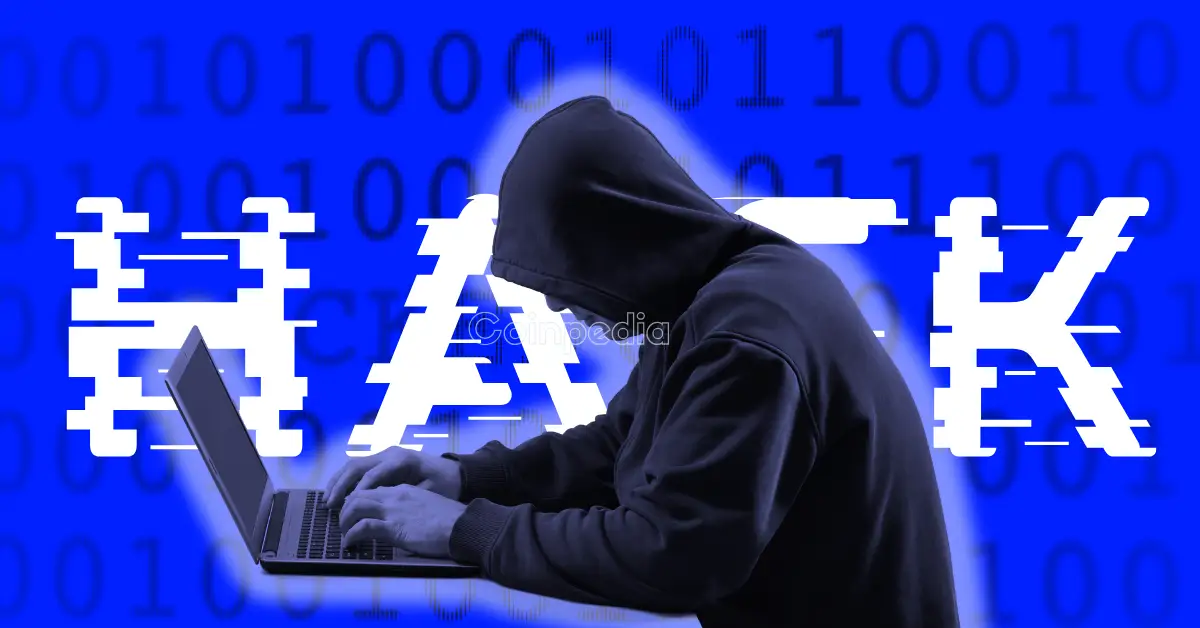Unraveling the $260 Million Cetus Protocol Hack: A Chronicle of Loss, Recovery, and Controversy on the Sui Network
The decentralized finance (DeFi) ecosystem frequently draws headlines for its groundbreaking innovations—as well as its dramatic vulnerabilities. A recent and compelling case is the Cetus Protocol hack on the Sui blockchain, which exposed both the fragility and resilience of decentralized platforms. With approximately $260 million exploited, and $162 million subsequently frozen, this event ignited intense community debate and has become a critical case study in blockchain governance, security, and recovery mechanisms.
—
The Incident: Magnitude and Mechanics of the Cetus Hack
On May 22, 2025, the Cetus decentralized exchange (DEX) and liquidity provider on the Sui network encountered a catastrophic breach. The attacker exploited a vulnerability traced back to a third-party math library bug embedded within Cetus’s smart contracts. This bug allowed malicious actors to manipulate spoof tokens and distort prices, draining pools including SUI and USDC assets. The exploit culminated in losses estimated between $223 million to $260 million—making it one of the most substantial cross-chain DeFi breaches in recent memory.
The fallout was immediate and severe. Investors and users faced significant uncertainty as funds swiftly moved off-chain. The hack triggered rapid reactions from the Sui network’s validators and the broader community, initiating a complex process of asset freezing, governance proposals, public indignation, and efforts to make affected users whole.
—
Coordinated Response: Freezing $162 Million and Community Governance
One of the most remarkable aspects of this episode is the Sui blockchain validators’ swift coordination to freeze $162 million of the stolen assets. This action involved flagging suspicious wallets and blocking transactions associated with the heist. The mechanism ensured that while a large portion of the stolen funds remained immobile, a notable fraction remained unrecovered.
In tandem, the Sui Foundation and project teams worked extensively to design a recovery plan integrated tightly with decentralized governance principles. A critical governance vote launched within the Sui community asked members—including token holders and validators—to approve protocol upgrades necessary for unfreezing and redistributing the funds in favor of the victims.
The vote garnered just over 53% approval, passing the threshold needed to unlock the recovery pathway. This democratic approach underscored blockchain community governance in practice but also sparked heated debate over the balance between decentralization and pragmatic intervention.
—
The Controversy: Decentralization Versus Intervention
The decision to freeze and subsequently recover $162 million of stolen assets thrust the Sui ecosystem into contentious discourse. Critics argue that such freezing actions—and governance votes to reclaim funds—undermine the core ideal of decentralization by effectively centralizing decision-making power in the hands of validators and community voters. This raised fundamental questions:
– Does freezing stolen assets compromise trust in governance decentralization?
– Are protocol upgrades and fund recovery measures signs of growing centralization in blockchain networks?
– What precedent does this set for future hacks and asset recoveries?
On the other side, many saw the freeze-and-recover process as a vital demonstration of community resilience, practical security, and fiduciary responsibility. Specifically, proponents applauded the coordinated response that prevented further asset loss, praised the transparency of the governance vote, and hailed the Sui Foundation’s move to facilitate recovery loans as a powerful display of network maturity.
—
Financial Recovery Plan and Support: Emergency Loans and Hacker Bounties
Following the vote’s approval, the Sui Foundation extended an emergency loan to the Cetus Protocol team. This loan enables Cetus to begin compensating affected users fully, even as final recovery negotiations proceed.
Additionally, Cetus publicly offered a bounty—reported as $6 million in ETH equivalent—to incentivize the hacker or anyone with relevant information to return or reveal the whereabouts of remaining stolen funds. Such bounties have precedent in DeFi recoveries but remain controversial in their ethics and efficacy.
The recovery plan includes:
– Unfreezing and redistributing the $162 million frozen assets post-vote approval.
– Deploying approximately $10 million towards upgrading security measures to prevent future exploits.
– Engaging third-party audits (notably OtterSec) and cybercrime experts to analyze the breach and fortify protocols.
– Maintaining ongoing dialogue with law enforcement.
—
Aftermath and Market Implications
In the wake of the hack, the Sui network experienced volatile price reactions but ultimately demonstrated confidence restoration. The locking of stolen assets and swift governance actions reassured investors and users alike, signaling a network willing and able to confront crises head-on.
This event sparked wider conversations about protocol vulnerabilities—specifically how third-party library dependencies can introduce unforeseen attack vectors—and the role of active governance in balancing decentralized ideals with real-world exigencies.
—
Conclusion: A Defining Moment for Blockchain Security and Decentralized Governance
The Cetus Protocol hack and the resulting $162 million frozen funds recovery embody a complex, multifaceted episode for the Sui blockchain and the DeFi sector at large. It highlights key tensions:
– The fragility of decentralized financial protocols, particularly their reliance on sound code and vigilant auditing.
– The power and pitfalls of decentralized governance, illustrating that collective decision-making may sometimes necessitate difficult interventions.
– The importance of community collaboration and transparency in crisis management, where swift and decisive responses help restore trust.
While the balance between decentralization and intervention remains a contentious debate, Sui’s handling of the Cetus breach sets a precedent. It may serve as a blueprint for how blockchains can confront large-scale hacks—leveraging governance votes, asset freezes, emergency loans, and incentivized bounties—to protect users and preserve ecosystem integrity amid evolving threats.
In the ever-volatile world of cryptocurrency, the Cetus episode offers hard-earned lessons and cautious optimism: decentralization is not a panacea, but with robust community governance and technical vigilance, the blockchain space can navigate crises and emerge stronger.





